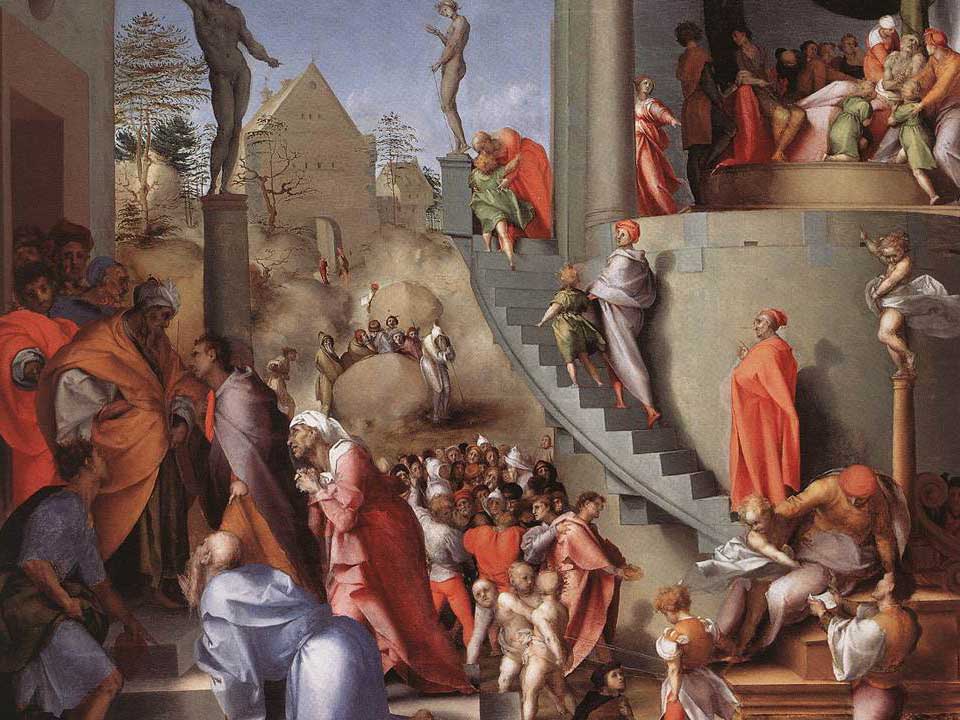Egypt in Art & Architecture


The influence of Egypt, once preserved by ancient historians, survived in many areas of Western art. During the Italian Renaissance, for example, artists imbued their work with concepts and imagery from Egypt. This was in part due to the prevalence of Egyptian art and monuments that were brought to Rome at the height of the Roman Empire.
Italy, and many other cultures, have referenced Egyptian imagery and history to draw emotional ties from their culture to antiquity. Not only can things like sphinxes, obelisks, and pyramids appear in Renaissance art, but Egyptian influence can be seen in things as modern as the Washington Monument, or the infamous Bass Pro Shop pyramid in Memphis, Tennessee—in fact, Memphis, Tennessee was named after the Egyptian city of the same name.
Even in St. Petersburg, Egyptian art has been seen in architecture. The Solarium, also called the Temple of the Sun, which once stood on the St. Pete Pier, included a motif of an Egyptian sun suspended on two extending wings.

At-A-Glance
- Elements of Egyptian art have long been appropriated by other cultures, as evidenced by certain art and architecture from the Italian Renaissance.
- This continues into the modern day, with things like the Washington Monument.
- Locally, the Solarium, which once stood on the St. Pete Pier, used many elements of Egyptian art in its design, and in its nickname: the Temple of the Sun.


